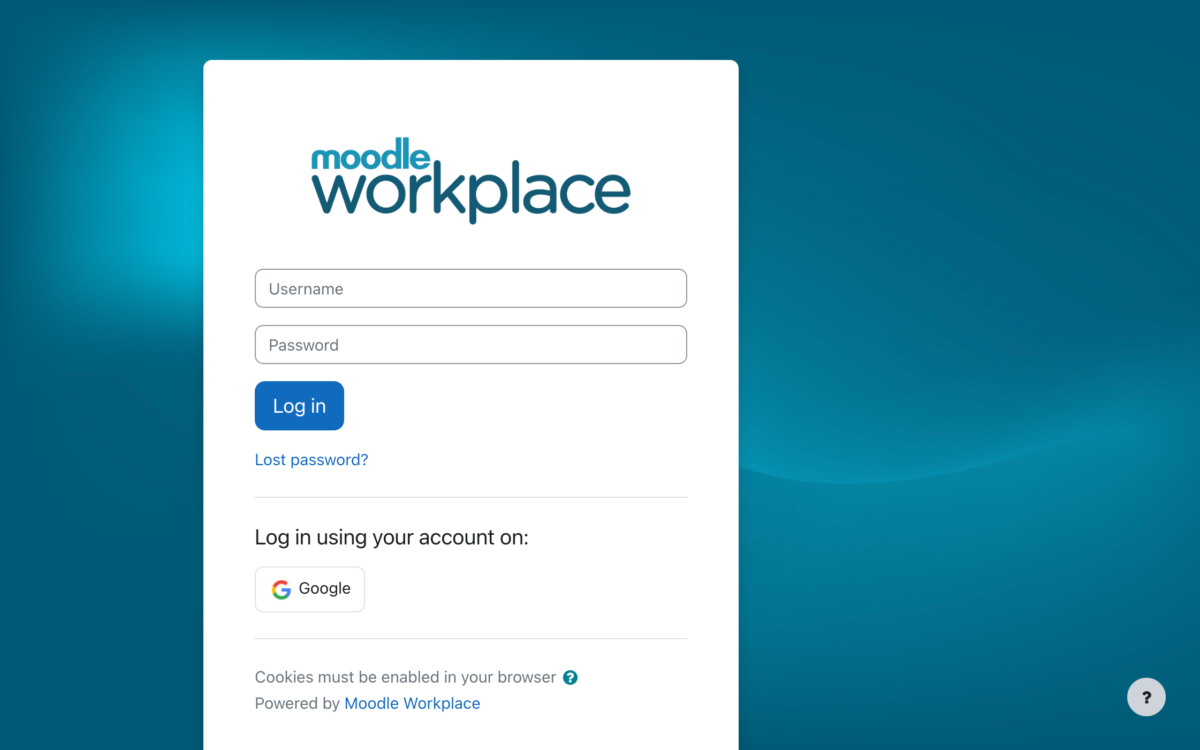The idea of taking your face-to-face training online is an attractive one for many companies that want to save time and money.
Before you head down that path, however, there are some tips you should keep in mind.
First–not all instructor-led training can be done online. The mistake many training managers make is that transitioning classroom content into a digital framework (LMS) is the best way to go.
For example, let’s say you are training a surgeon how to use a remote, robotic system. The surgeon has to get his or her hands on the equipment and drive it, not use a virtual gaming scenario with a mouse and keyboard. But some of the applications of using robotic equipment could be taught online.
This blended approach–meaning online and classroom-led– is what many course managers choose.
Let’s look at another example: teaching design. Most design education is studio-based, meaning that projects involve a hands-on collaborative approach among team members or individual instruction. Online lectures can do a good job of presenting background material on design concepts and show examples. But the studio based component is difficult to achieve in a virtual teaching environment only.
Here are some other considerations for a blended learning approach:
- A presentation to a large group can be combined with online interactive elements like quizzes and games with responder consoles that display instant results. This can be done with large scale training, like up-skilling a sales team on the features and benefits of a new product. So a big auditorium may be appropriate for your virtual classroom.
- Smaller groups may be advisable if the training goal has to be more specific. For example, let’s say you are doing scenario-based work harassment training. The scenarios could be presented in online videos with follow-up questions. The practice could be done in a small group break-out session.
- In general, an “asynchronous” approach, which simply means the learner works on their on in an online environment, such as an LMS, may be appropriate for training that involves reading and video only before more specific training is done in a classroom.
- Scheduling is also a crucial component to designing your online training. If you have a decentralized workforce, or students in multiple locations, assign the asynchronous activities to complete before the “virtual classroom” meets.
The virtual classroom itself can involve internet meeting applications, Webinars, or an actual classrooms. The real decision is how you structure your content: what can be delivered online and what needs to be face-to-face. You need to give it some thought before rolling out your online classroom.
My Learning Space can provide you the guidance to help you structure your online courses to take advantage of the virtual option.







